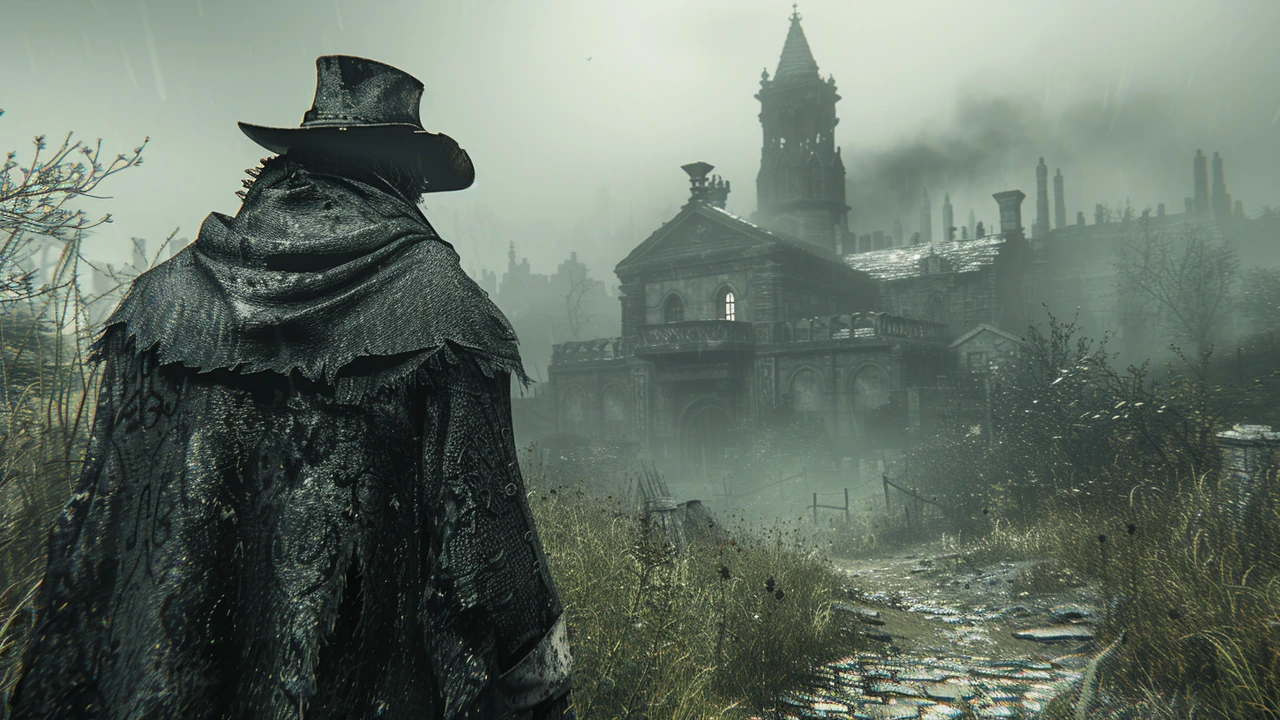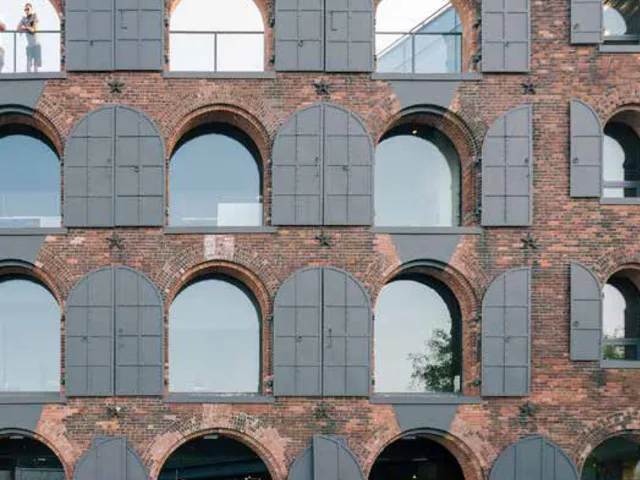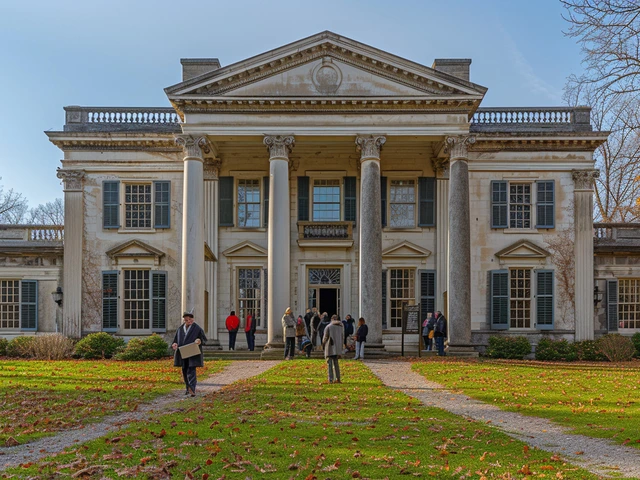Unraveling the Mysteries of Gothic Architecture
Gothic Architecture, a term often used interchangeably with "Medieval Architecture", has left an indelible mark on the face of the architectural world. I remember when I first plunged myself into this fascinating world of architectural design and was completely taken aback by the magnitude of thought, precision, and planning it encapsulates.
One might ask, what's so special about this architecture that I couldn't stop myself from writing about it? Well, the answer is simple - its grandeur, its intricacy, its influence, and most importantly, the medieval human ingenuity it signifies. Does it bring back the memories of Hogwarts from Harry Potter? Yes, they were inspired by Gothic Architectural designs!
Wait a second! Remember my spouse, Lydia? Oh, how she adores Gothic Architecture. Ever since Lydia and I visited the iconic Salisbury Cathedral, her fascination hasn't dwindled a bit. Heck, she even made a joke about erecting a gothic doghouse for our Scottish terrier, Baxter! Yes, it seems Baxter's lifestyle might be getting an upgrade soon. Anyway, let's delve into this architectural style, far from Baxter's doghouse, but close to the hearts of architects and history buffs worldwide.
Defining the Indefinables: Gothic Architecture
Gothic Architecture is much more than just beamed ceilings and pointed arches. It emulates a balance between the artistic and structural elements, creating a visual treat for onlookers, and showcasing the technical dexterity of its creators. What sets it apart from Romanesque architecture, which predates it, is the strikingly vertical design, often punctuated with flying buttresses and ribbed vaults.
Each corner of a Gothic cathedral holds a story, each grotesque gargoyle a purpose. From the awe-inspiring Rose Windows that capture the fragility of life in their stained glass to the rock-solid flying buttresses that provide external support, Gothic Architecture was indeed far ahead of its time in many aspects.
The Genius Behind the Design: Early Technological Triumphs
The innovative solutions in Gothic Architecture may seem commonplace in today's world of impressive skyscrapers and bridges, but for the medieval period, it was nothing short of a revolution. The ingenuity lies in how the architects of the era utilized natural resources and human resources to create marvels that stood the test of time.
One such innovation that many overlook is the flying buttress. Now, don't dismiss it as just another fancy architectural term. These additions served as the backbone of the Gothic architectural design, providing the much-needed support and stability to the towering structures, allowing them to reach unprecedented heights. It's like the stake that keeps my beloved rose bush from leaning under its weight!
The Medieval Marvels: A Journey Through Time
If you want to experience the magnificence of Gothic Architecture firsthand, many medieval marvels are intact to date, sprinkled across Europe and North America. One of the most famous is the Notre-Dame Cathedral in Paris, the cathedral that ‘Hunchback of Notre-Dame’ renders immortal.
If you are in my hometown, Birmingham, visit the Birmingham Cathedral to get a glimpse of this style. It might not be gothic in the purest sense as it's Georgian Gothic, but one can still appreciate the intensity and the depth of the design. I remember Lydia and I rolling our eyes at each other, taking in the sheer magnificence of the place. It felt out of this world, a step back in time.
This is the genius of Gothic Architecture: it transcends time, much like an absorbing saga or an unforgettable melody. It's a testament to the human spirit, our unyielding drive to create and innovate. The next time you find yourself marvelling at a Gothic masterpiece, take a moment to remember the medieval maestros who laid the foundations for these towering testimonies of human resolve and ingenuity.
A Peek into the Gothic Future
Gothic Architecture may well have its roots in the medieval ages, but it is far from being confined to history books. The world of architecture has seen a recent resurrection in the interest in Gothic aesthetics, and modern architects, like their ancestral peers, are using these ancient designs to draw inspiration.
We see balconies with flamboyant ornamentations, vaulted ceilings replacing plain ones, or a garden gate remodeled into a small-scale gothic rose window. Isn't it fascinating how we are circling back to where we started?
All in all, the tale of Gothic Architecture underscores the age-old saying - old is indeed gold, or in this case, stone-cold magnificent! So, next time you pass by a medieval cathedral or a modern abode inspired by Gothic design, remember that you're witnessing legacies penned in stone and sand. After all, what's better than a dwelling that carries several secrets within, whispers ancient tales, and stands as a testament to the unyielding human spirit?
Now, if you'll excuse me, I have some Gothic-inspired plans for Baxter's doghouse to sketch out with Lydia.





